Raised garden beds are a fantastic way to grow healthy plants while keeping your garden organized and easier to maintain. One of the most overlooked yet important steps in building a raised bed is deciding what to put at the bottom before adding soil. This foundational layer influences drainage, root growth, and long-term soil quality. The right choice can prevent problems such as compacted soil or waterlogging while also helping you save money by reducing how much soil is needed. Whether you want to recycle natural materials or add structure with more durable options, there are many smart ways to prepare your bed. From logs and branches to compost and gravel, each option has unique benefits that support plant health in different ways. Exploring these materials will help you find the perfect fit for your garden while creating a thriving space for vegetables, herbs, and flowers.
1. Logs and Branches
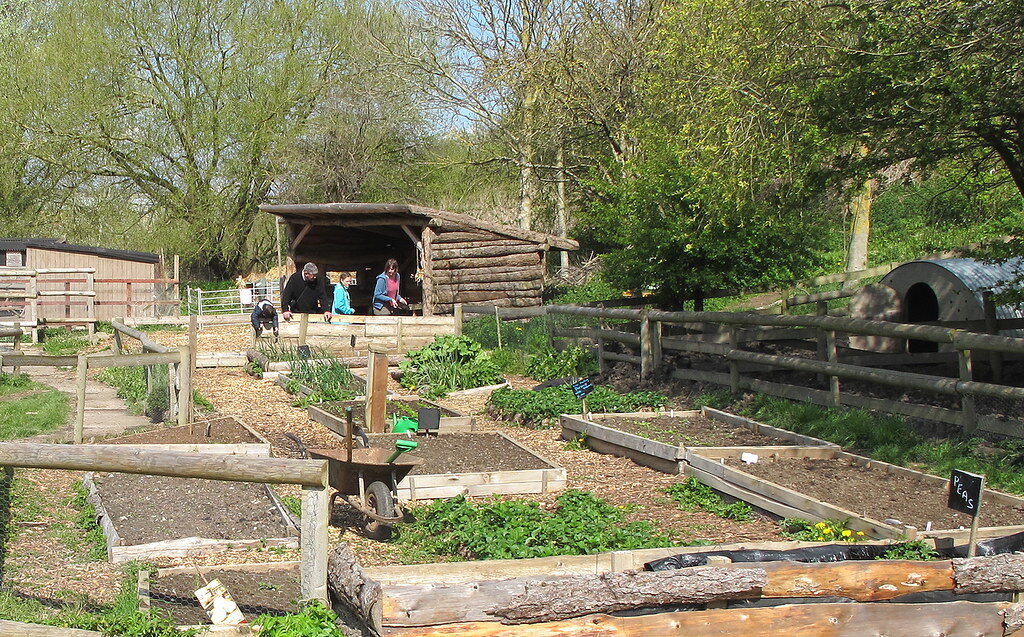
Using logs and branches at the bottom of a raised garden bed is a practical way to create a natural foundation. They fill a large portion of space, so you do not need to use as much soil, making the project more affordable. As the wood slowly breaks down, it improves soil structure and provides a steady source of nutrients. This process also creates air pockets, allowing better root development and water movement. It is best to use untreated wood to avoid chemicals seeping into the soil. Over time, this approach supports healthy, resilient plants and mimics natural forest ecosystems.
2. Sticks and Twigs
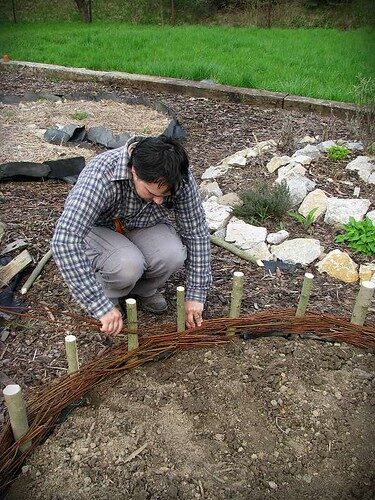
After laying down larger logs, filling gaps with sticks and twigs helps stabilize the base. These smaller pieces add structure while preventing soil from settling too quickly. As they decompose, they gradually add organic matter, boosting soil fertility and improving moisture balance. This method also reduces waste since garden trimmings and fallen branches can be reused instead of being discarded. Sticks and twigs work especially well for creating a layered approach that improves drainage while still retaining enough moisture for plant roots. They are a simple, eco-friendly choice that complements other materials and sets the stage for a thriving garden.
3. Leaves
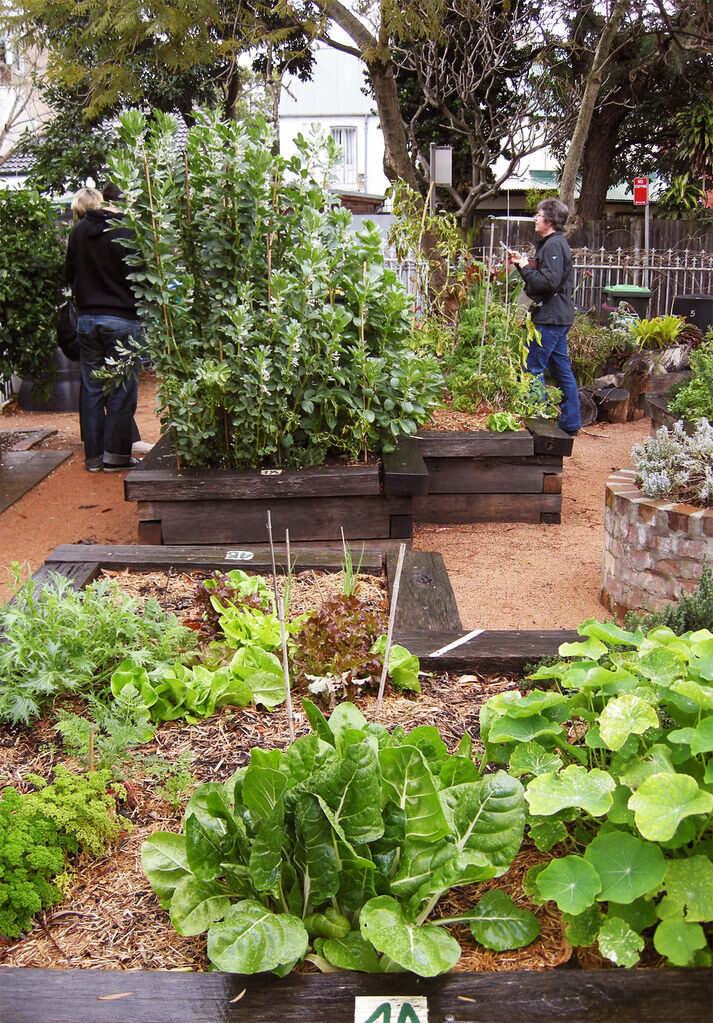
Dry leaves are an excellent material for building up the bottom of a raised bed. They are lightweight, widely available, and decompose into rich organic matter over time. This natural breakdown process adds essential nutrients to the soil, improving fertility and creating a healthier environment for plants. Leaves also act as a natural barrier, helping suppress weeds and improving soil aeration. It is best to shred them before use so they compact less and decompose faster. By recycling autumn leaves into your garden beds, you not only reduce waste but also enhance long-term soil quality for future planting seasons.
4. Straw or Hay
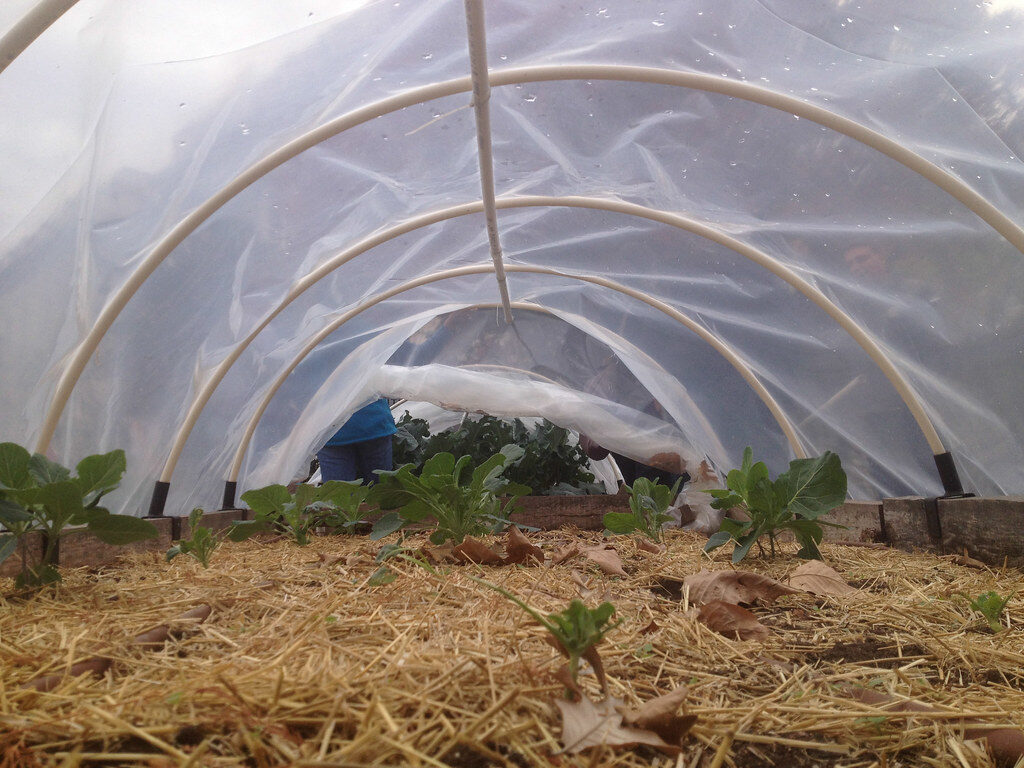
Straw or hay can be an effective bottom layer for raised garden beds because it provides both structure and moisture retention. It is lightweight, easy to handle, and breaks down gradually into organic matter that enriches the soil. Straw works especially well in gardens prone to dryness since it helps maintain consistent soil moisture. It also creates small air pockets that improve root growth and reduce compaction. While hay can sometimes contain seeds, straw is generally cleaner and less likely to introduce weeds. This material is affordable, natural, and supports healthy plant development while keeping your raised beds sustainable.
5. Cardboard or Newspaper
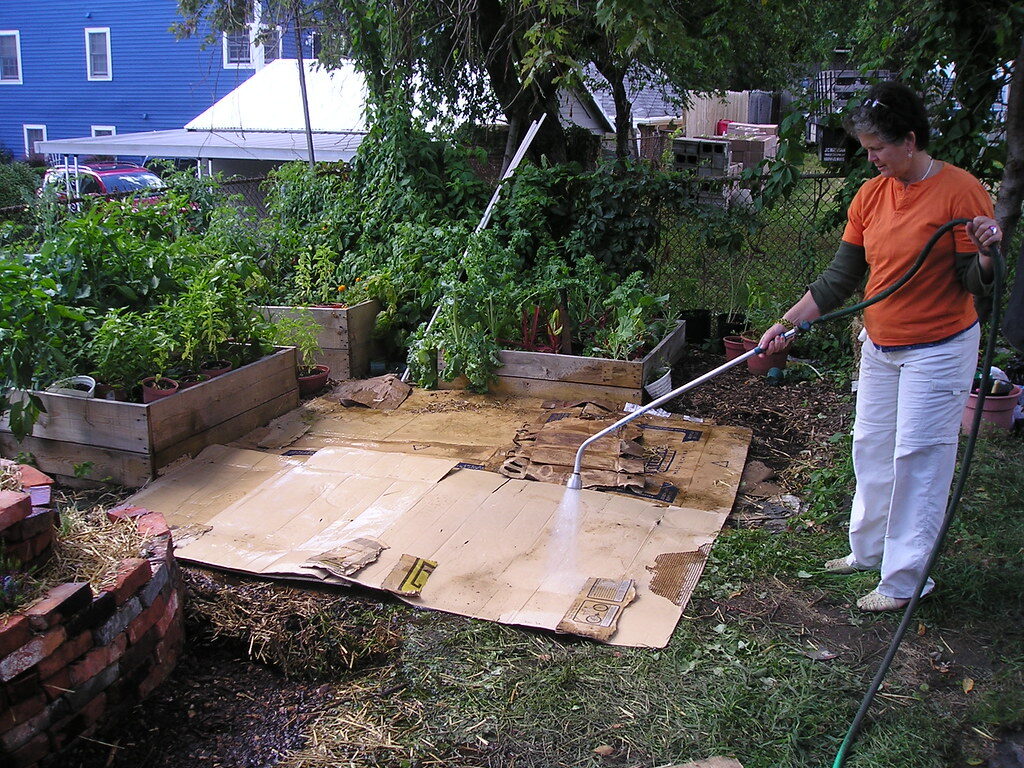
Lining the bottom of your raised bed with cardboard or newspaper is an inexpensive and effective option. These materials act as a barrier that prevents weeds and grass from growing into your bed, saving you maintenance work later on. As they break down, they add carbon to the soil, which supports a balanced environment for microorganisms. Cardboard and newspaper also allow water to seep through, ensuring your plants still receive proper hydration. It is best to use plain, non-glossy materials to avoid introducing chemicals. This method is eco-friendly, reduces waste, and provides a simple solution for long-lasting garden success.
6. Grass Clippings
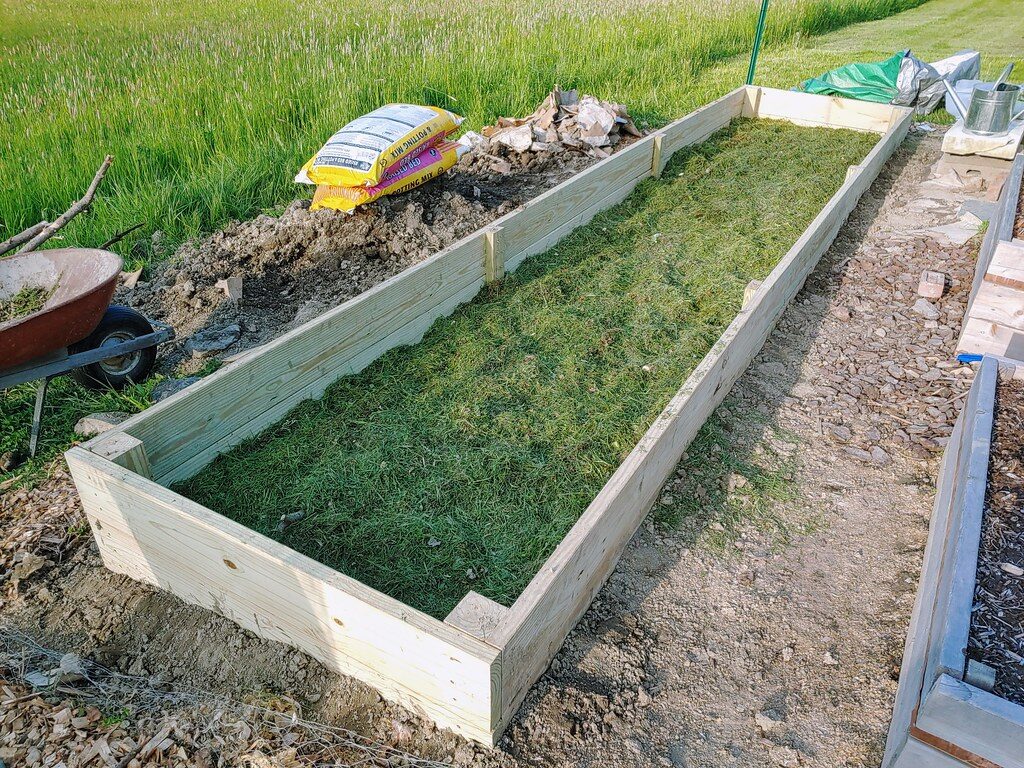
Grass clippings can be layered at the bottom of raised garden beds to supply organic matter and nutrients. They are rich in nitrogen, which supports strong plant growth when used in moderation. Fresh clippings can compact quickly, so it is a good idea to let them dry out a bit before adding them. When layered properly, they improve soil fertility and encourage microbial activity that benefits root development. Using clippings is also a great way to recycle lawn waste instead of discarding it. This material is best combined with other layers, such as leaves or twig,s for balanced results.
7. Compost
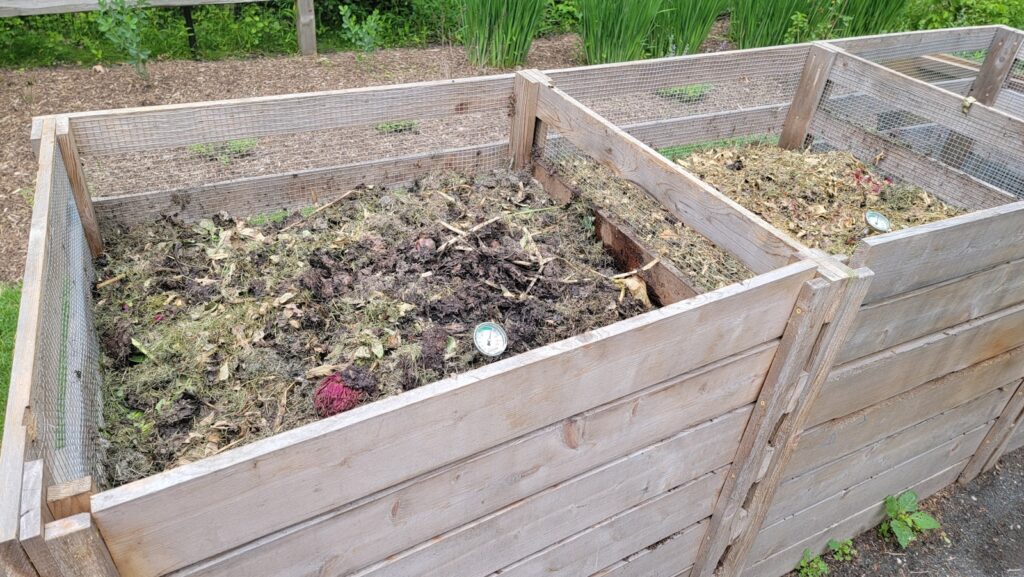
Compost is one of the most valuable materials you can add to the bottom of a raised garden bed. It enriches the soil with a wide range of nutrients that plants need to grow strong and healthy. By placing it underneath the topsoil layer, compost gradually works its way upward while improving soil structure. It also supports beneficial organisms like earthworms and microbes that enhance soil health. Homemade compost reduces kitchen and yard waste, making it a sustainable choice. This nutrient-rich material ensures your raised beds provide excellent growing conditions for vegetables, herbs, and flowering plants.
8. Gravel or Small Rocks
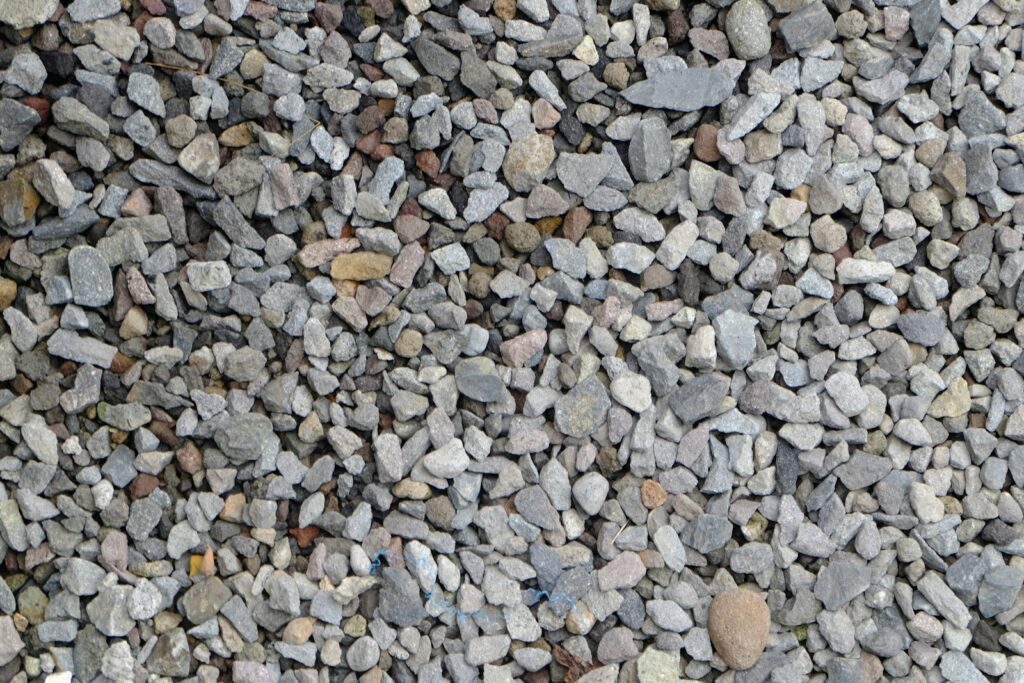
Gravel or small rocks are a helpful choice for gardeners dealing with poor drainage. By creating a solid base layer, they allow excess water to flow away from plant roots, reducing the risk of rot. This method is especially useful if your raised bed sits on compacted soil or in areas prone to flooding. Rocks also provide stability, preventing soil from shifting too much over time. While they do not decompose or add nutrients, they complement organic layers placed above them. Using gravel ensures your raised beds maintain healthy drainage and support long-term plant growth without water issues.
9. Landscape Fabric
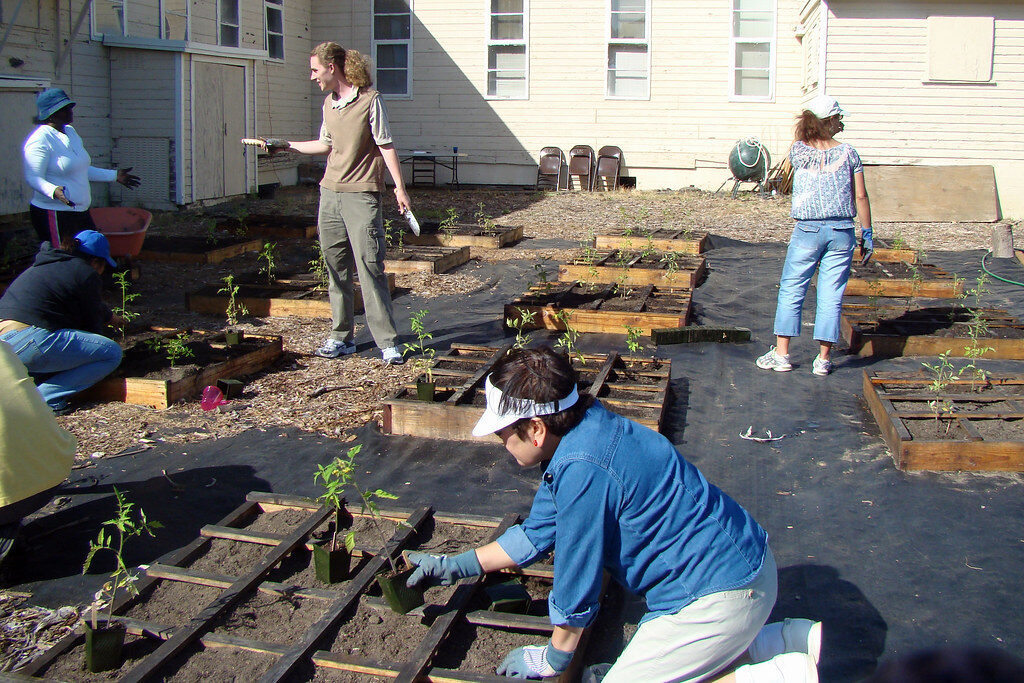
Landscape fabric can be placed at the bottom of raised garden beds to act as a protective barrier. It prevents weeds and grass from invading the bed while still allowing water and air to flow through. This keeps the soil environment balanced and reduces the need for constant weeding. Fabric is durable, long-lasting, and easy to install, making it a convenient solution for many gardeners. While it does not provide nutrients, it works well when paired with organic fillers above. This material is especially useful for creating a neat, low-maintenance garden that stays productive season after season.
Comments